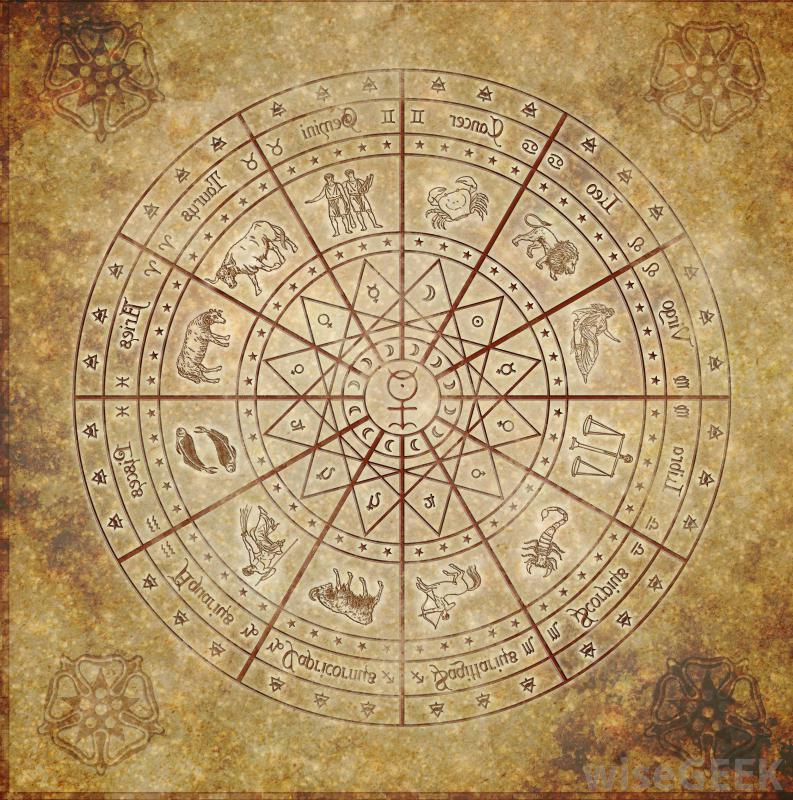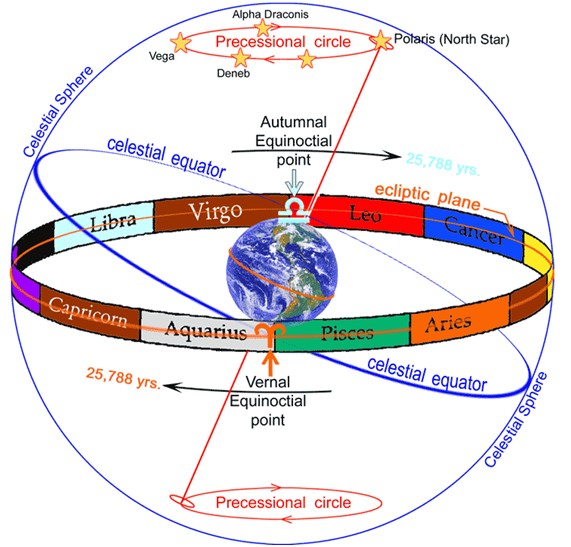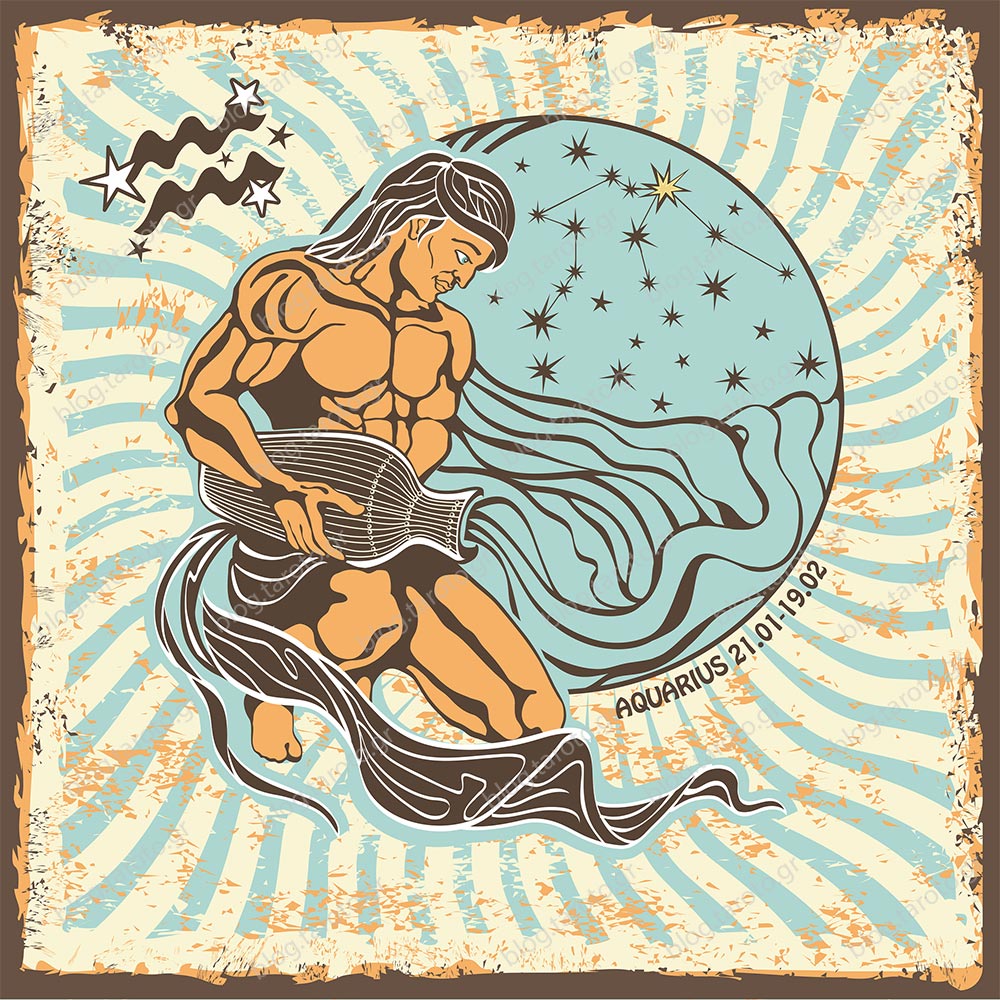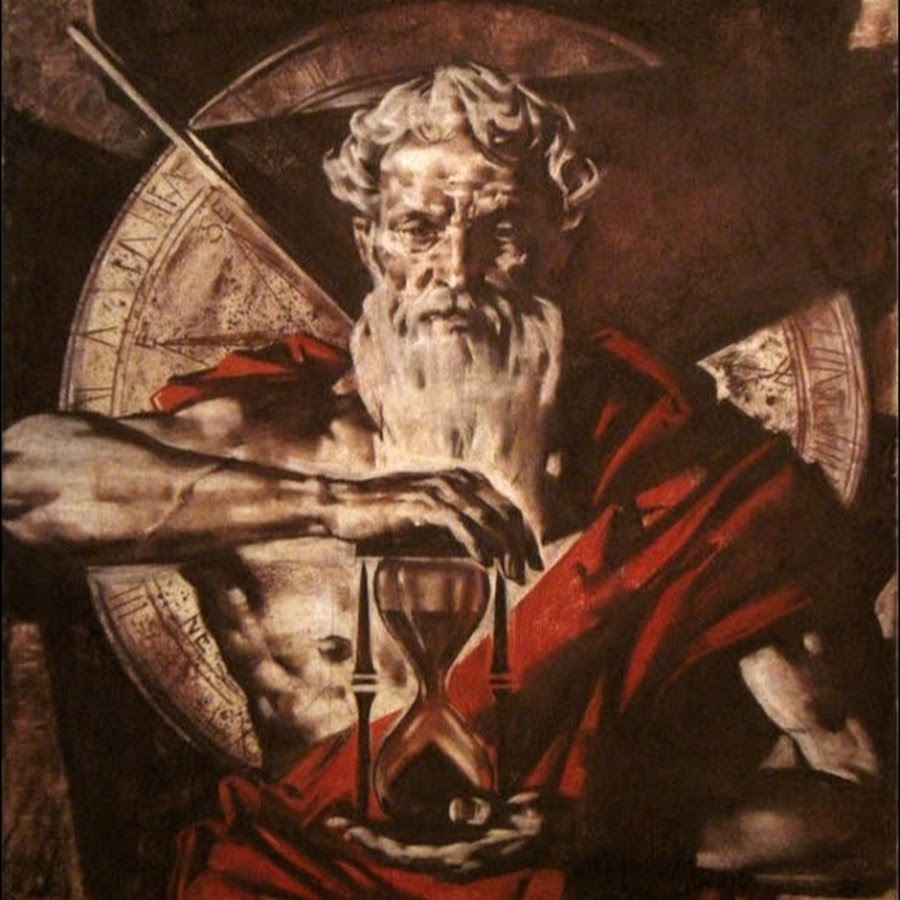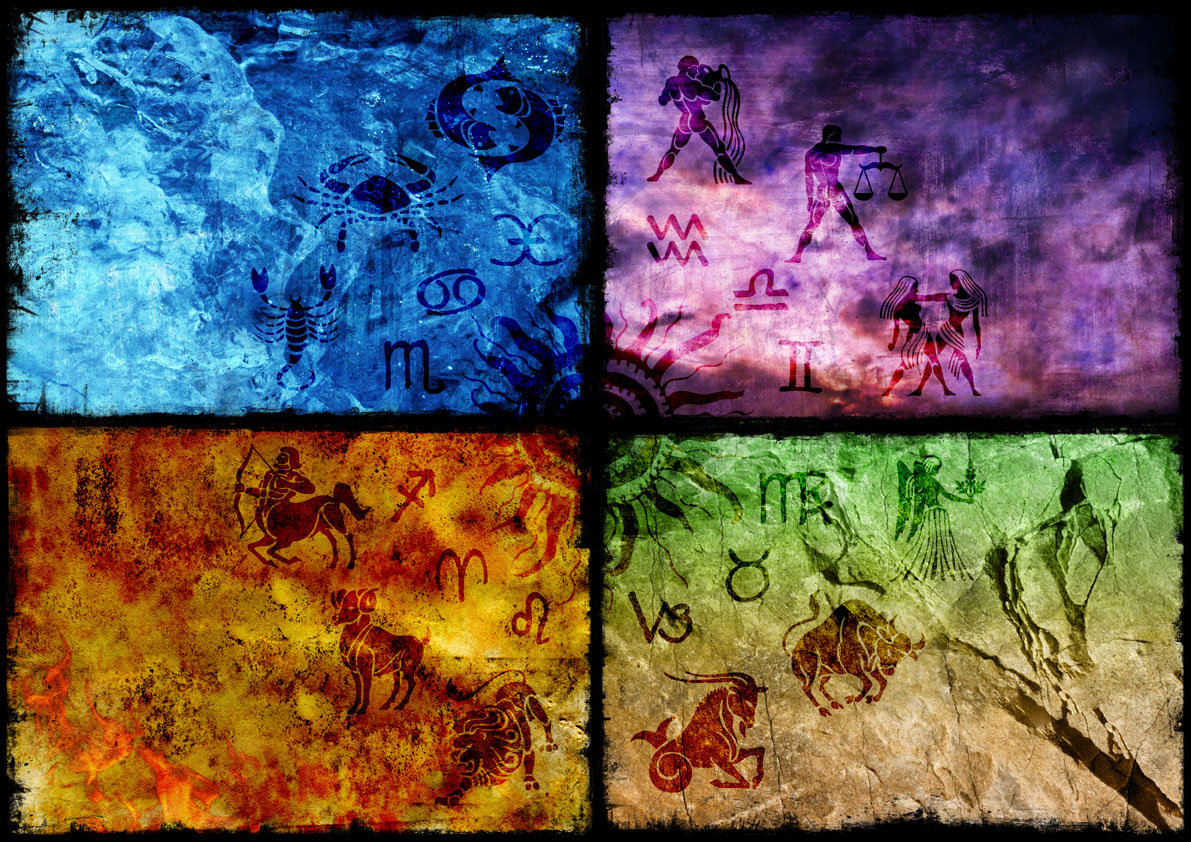Saturn enters Aquarius on March 21, 2020, and will remain until July 1, when he retrogrades into Capricorn. He will re-enter Aquarius for good on December 16, until March 7, 2023.
Saturn represents the totality of the known universe, as we humans can perceive it. In traditional cosmology, Saturn rules the outermost ring of the planetary spheres enclosing the Earth – his sphere represents the border between the planetary spheres and the fixed stars, where the mythic, eternal Forms reside that are even more eternal than the personal gods. This is the reason Saturn is the master of boundaries, walls, and locks; beyond his sphere, we simply cannot go. He represents the limit of our experience and understanding.
This consideration of Saturn’s journey through Aquarius as well as Capricorn, therefore through his own houses, will be somewhat different from the usual topics dealt with by the many astrological texts on this transit. Namely, it is the view of the author of these lines that this ingress is of particular importance to the topic we have analyzed earlier, in the Age of Aquarius trilogy which you can read here: The Age of Aquarius – Part One; Age of Aquarius – Part Two and Age of Aquarius – Part Three or when does the New Age begin?
I will try to explain this position below.
Solve et Coagula
The medieval alchemical motto, “solve et coagula” means “dissolve and coagulate.” The first step, dissolution, loosens material bonds and transforms rigid matter into finer, lighter stuff. Once the Materia Prima, as it is called, is reduced to its smallest parts, we move on to the coagulation phase, where we rebuild anew, this time using purified and spiritualized Materia. The result is the Philosopher’s Stone or Elixir of Life, a substance with legendary healing and transforming powers.
The alchemical process is analogous to Saturn’s passage through Capricorn and Aquarius. March 21, Saturn moves into his diurnal sign, Aquarius, having just exited his nocturnal home, Capricorn. As a diurnal planet, Saturn is more at home in Aquarius than Capricorn. It is also said that Aquarius, a hot and moist sign, provides a necessary counterbalance to Saturn’s extreme cold and dry nature. We can think of Saturn in Capricorn as extremely yin; commencing the “solve” phase, while Saturn in Aquarius is yang and focuses on building new edifices, or “coagula.” Saturn in Capricorn asks “what must I let go?” and Saturn in Aquarius asks “what can I rebuild?”
History supports this ancient alchemical wisdom. The last transition of Saturn from Capricorn into Aquarius saw the fall of the Berlin Wall, the end of socialist rule in the former Soviet bloc, and, after Saturn entered Aquarius in 1991, the dissolution of the USSR. Saturn in Aquarius forced the world to grapple with this new phase and create a whole new world order after the end of the Cold War. Saturn transiting his own signs during this five-year span promises massive dissolution, followed by an opportunity for growth.
Astrologically, the implications of this transit at this point can be considered as being even more important than those mentioned above. The reason for this is that later this year we have Great Conjunction of the chronocrators, which starts a new cycle of some 230 years, since the conjunction transitions into air triplicity. According to mundane astrology, this conjunction is considered as being of “medium importance” that gives us information on developments in religions, kingdoms, and dynasties, and announces the birth of a new religion or dynasty. In this respect, it is worth recalling that Islam originated at a time when this conjunction was “shifting” to Water triplicity. But also, this transition to Air triplicity has another important indication to which history also points. Namely, the last time we had this conjunction move to Air triplicity, Europe was faced with a plague pandemic known as the “Black Death”.
It was one of the greatest pandemics of all time and marked the end of the Middle Ages. In 1346, what appeared in Europe was what has been a nightmare, an essence, the empress of all dangerous diseases for centuries – the Black Death, a plague that spread from northern China, probably as a result of infections transmitted by rats and fleas.
The most dramatic (in Italy) is the case of Sienna, whose population has been reduced from 50 thousand to 10 thousand. Florence hasn’t always been Tuscany’s first city; before the “Black Death”, it was Sienna, “all roads led” from Siena to Rome, to Paris – gentlemen from Sienna were relatives of the French kings (hence Sienna is the only city in Italy whose buildings were built in the style of pure French Gothic); the greatest artists of the Middle Ages – Cimabue, Duco di Buoninsenia, Simone Martini, the Lorenzetti brothers … were from Sienna. In some way, Sienna never recovered from that pandemic; the city, in architectural terms, is forever frozen – when we visit nowdays Sienna, we go back to the fourteenth century.
In addition to the devastating demographic consequences, the Black Death affected the spirit of the society at the time – we have documents that show that people looked at each other suspiciously, that they hated each other; an explanation was sought, the culprit for the disease – most often the Jews were blamed, persecuted, lynched; and some, in the onslaught of irrationality (arising out of despair), attributed the epidemic to the will of God (punishment), and religious movements such as “flagellants” – whipsters were established, who practiced public self-punishment.
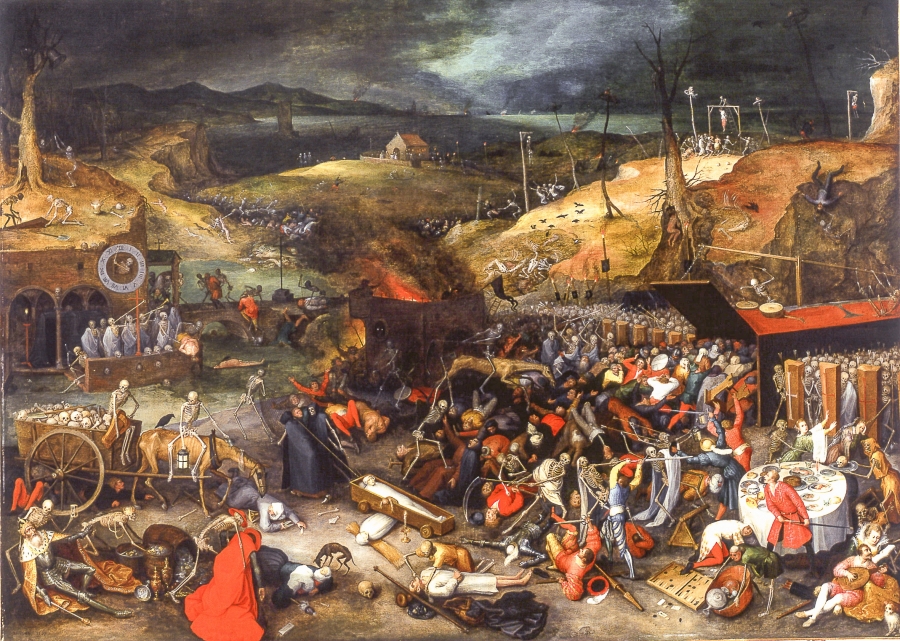
Although it is very difficult to predict such phenomena, it is still noted that the medieval English astrologer John of Eschenden successfully predicted the “Black Death” – the plague, in 1348 from the eclipse of 1345, claims Lee Lehman, in his book “Classical Astrology of modern living“ (Atglen, PA: Whitford, 1996). The idea that the conjunction of 1345 was significant was widespread. The prediction for the Black Death, such as the one contained in this report from Paris’ School of Medicine in 1348, shows: “We say that the distant and first cause of this plague was announced by the configuration of the sky. In 1345, by the conjunction of three superior planets in the sign of Aquarius…. Aristotle testifies that this is the case… he says that race mortality and the depopulation of kingdoms occur at the junction of Saturn and Jupiter. “ Namely, on the day of Spring Equinox, which is the Mundane chart responsible for the period until the following spring, Saturn and Jupiter were in close conjunction in Aquarius, with Mars separating towards the end of the sign. John of Eschenden predicted “air corruption”. Gersonides himself is far more precise and provides a list of expected events, which includes “illness and death and evil that will last long.” When the conjunction takes place in a fixed sign, its impact will last for several days. Pingree gives ibn Ezra as a reference in this regard; and indeed ibn Ezra says “when a planet is in a fixed sign, it signifies all that is permanent.” Gersonides calculates Syzygium before the Sun’s entry into the Aries, which was an eclipse, especially important in medieval astrology, following Ptolemy’s rules, who says in Tetrabiblos, “the first and most powerful cause of such an event [the general conditions of the earth] is found in the eclipses of the sun and moon. “
What followed this extremely difficult period of mass destruction and the overthrow of an old order is, in a sense, even more, significant to us. This terrible drama, this gruesome tragedy, formed the basis for the Renaissance, because the world, after total devastation (demographic, economic), had to start from somewhere. After so much horror, there is a general recovery, a social renewal; after so much pain and grief, the world devotes itself to beauty, art, first and foremost in Florence, which will infect all of Italy and then Europe with this new magnificent virus. An economy started to rise, finding new models and new markets. Farmers, livestock farmers, artisans, traders started up … in a word, massive social changes followed.
The connection with current events is more than obvious. The current COVID-19 epidemic is very similar, although it may not have such mortality and devastation as the “Black Death”, it can certainly be expected to cause or initiate certain processes that will transform the world we live in. This epidemic is so serious and widespread because Saturn is entering the air sign as we move towards the era of the conjunction of chronocrators in Air signs, which will be repeated every 20 years. The entry of Saturn into Aquarius triggers this cycle of 230 years because the conjunction occurs at exactly 0 degrees Aquarius, so this entry of Saturn is a “preview” of the upcoming cycle, and especially its transit through Aquarius. As the last set of Great Conjunctions in the air signs brought us the plague, which, like COVID-19, is transmitted through the breath, that is, the air, we can also expect that this one will have a transforming effect on the world, similar to the one “black death“ had before.

In which direction the whole story will go, it is early to predict. The epidemic’s reach is still unknown since it can only be stopped by developing a vaccine or through „community immunity“. In both cases, it is clear that it takes at least another year or two, so one cannot say for certain what the health consequences of the epidemic will be, let alone its effects on the economy and society as a whole. Having said all that, I think that the overall significance will be much greater than it seems. In any case, this period can clearly be interpreted as Toynbee’s “challenge” to this civilization, a “time of adversity”, and our response to that challenge will determine the further course of our race. The aforementioned Age of Aquarius trilogy dealt with the characteristics of the same from the aspect of mythology, esoteric philosophy, and astrology, so in these symbols, we can look for answers to the question of what form these changes will take. In principle, they can be divided into two effects. The first is a kind of vision of a dystopian future, in which the rule of the total state, or more precisely, the technocratic (global) government will be at its peak, in which many of the measures and restrictions on the freedoms we witness today as “temporary” will become permanent. Even if the current state is consolidated into such totalitarianism, its downfall also lies there, so, like any other Tower of Babalon, it will collapse. This kind of “fighting the virus” favors the described outcome, so it may be reasonable to ask whether this is a fight against Nature, because, as we have seen, such and similar adversities aided our evolution. And indeed it is very difficult to get rid of the impression that such pandemics are a natural process of purification that allows us to evolve and that has the potential to change our societies and expose our weakness as species when confronted with such natural forces. Here we can observe the other side of the possible consequences, which is the heightened awareness of Nature, how powerless we are before it, and that our only survival is in co-existence with it, not in a hopeless attempt to somehow conquer it, just as we do now when we’re trying to “fight the virus.” The answer probably lies somewhere between, or with the cumulative effect of these opposing forces, totalitarian government and repression on the one hand, and resistance that rests on the foundations of the aforementioned consciousness and ancient wisdom, which by dialectical formula should produce a new synthesis, a new renaissance. Towards the end of the Great conjunctions era in Air triplicity, after the Great Plague, the Renaissance brought about an explosion of learning as well as a love for the greatness of the human spirit unseen since the Antiquity. Is it necessary to remind now that Aquarius is a human sign? The bottom line is that the seeds we now sow may not sprout for two centuries, but it is inevitable that they eventually will. Air signs also rule engineering and science, whose progress we have witnessed in recent decades, but I appreciate that the greatest inventions are yet to come. Such discoveries more than ever have the potential to make a decisive “shift” in consciousness.
In this trilogy, I have labeled this next Great conjunction of the Chronocrats as perhaps the most important turning point leading to a new Aquarian age. As we can see, Saturn’s entry into Aquarius evidently triggers this cycle, so I believe that in the current circumstances, we can see the outlines of this new age and not only that, but that the most important events will eventually follow and finally establish it while ending the Pisces era, which will be noticeable through the extinction of its related forms, and more importantly, the creation of some new ones. Some of the dynamics of this process can be traced through subsequent conjunctions every 20 years, but of course, not just them. The point is that we are on the threshold of a new era, that the world is already changing and will only continue to change in the direction of the described Age shift, and that we have to let go of whatever disappears or “dissolves” in the process, so it can be concluded that this transit Saturn is the herald of this shift according to the “solve et coagula” principle.

